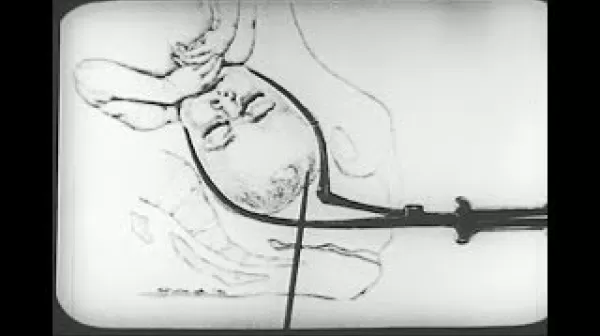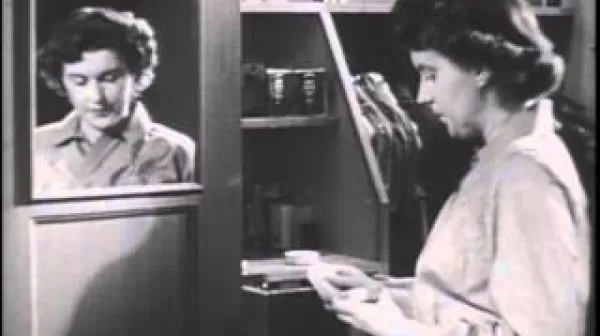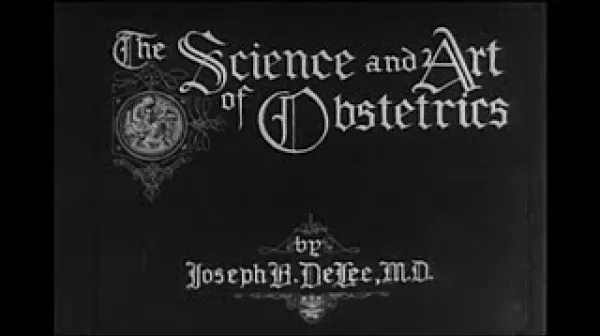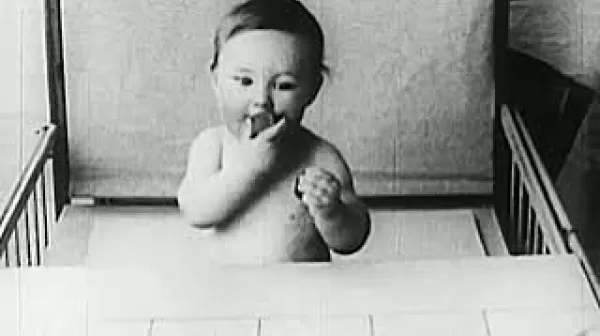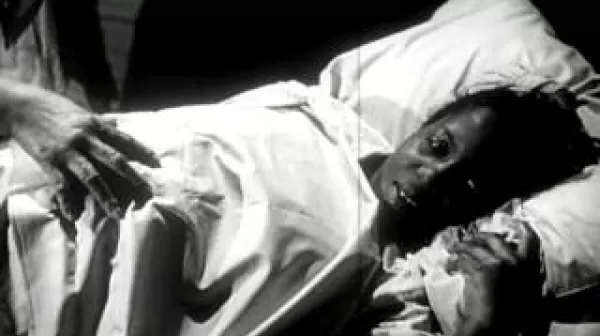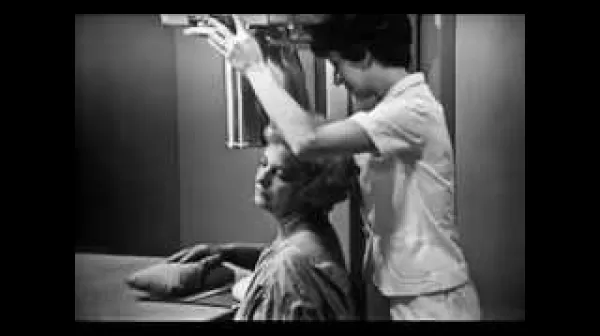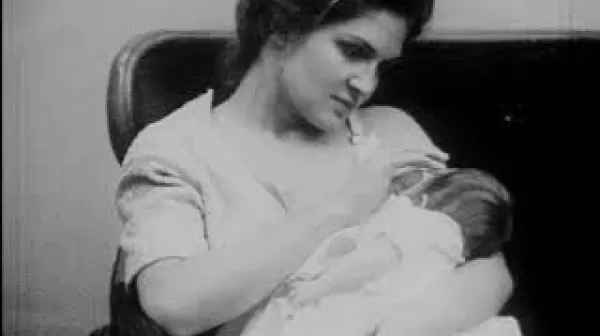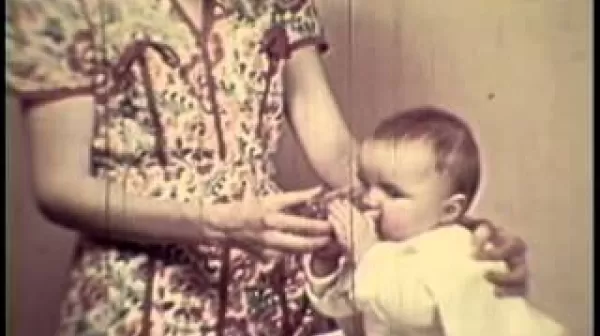Maternity Care (US Navy, 1963)
This film is intended to explain to pregnant women whose babies are soon to be born what to expect from the labor and delivery experience. It addresses how to distinguish false labor from true labor, when to pack a bag for the hospital, what procedures will be carried out to prep the woman for delivery, the types of anesthetic a doctor might order, and techniques for minimizing discomfort. Changes in the cervix and uterus are illustrated with animation techniques, while the birth of the baby, including episiotomy and use of forceps, are shown in a real hospital room.


